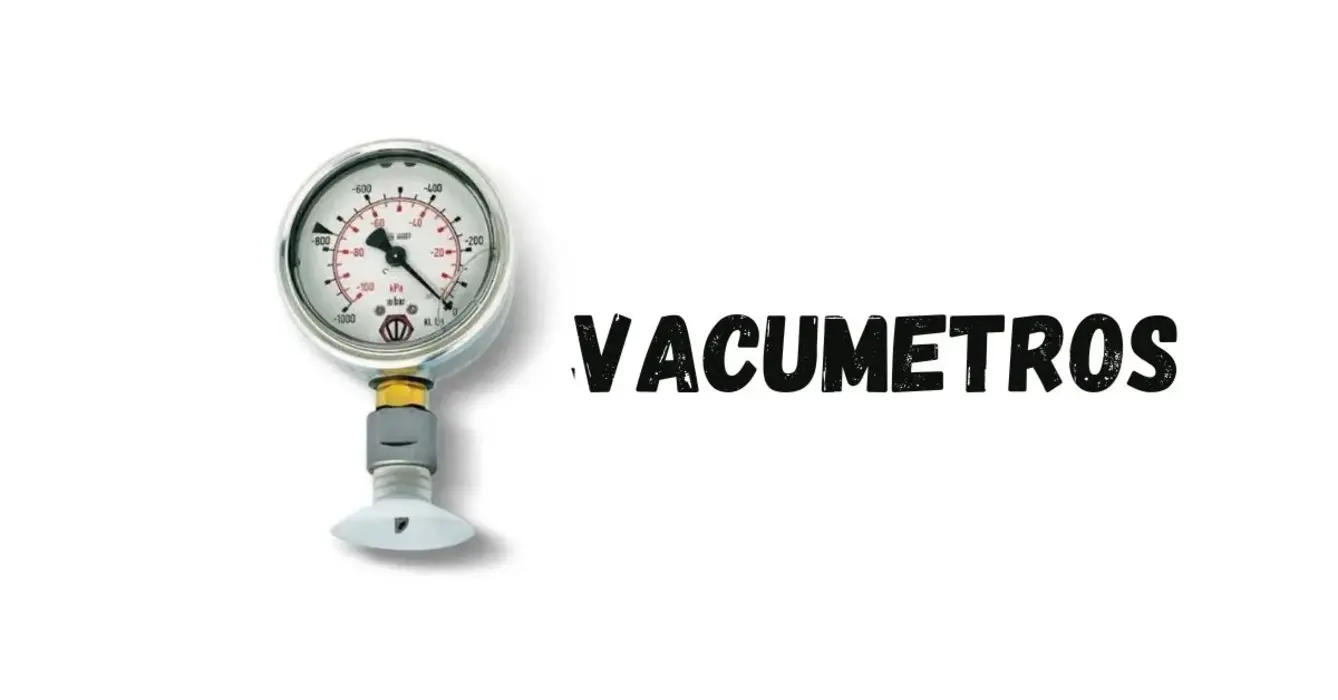Pressure gauges, commonly known as vacumetros, are indispensable tools in various industries. They measure the pressure of gases or liquids within a system, ensuring safety and efficiency. Whether it’s in manufacturing plants, medical facilities, or automotive workshops, vacumetros play a crucial role. Let’s dive deep into the world of these marvelous instruments.
History of Vacumetros
The concept of measuring pressure dates back to the 17th century. Evangelista Torricelli, an Italian physicist, invented the mercury barometer in 1643, laying the foundation for future developments in pressure measurement.
Evolution Over the Centuries
From Torricelli’s mercury barometer to today’s advanced digital gauges, it have evolved significantly. The 19th century saw the invention of the Bourdon tube gauge by Eugène Bourdon, which remains one of the most widely used types today.
Types of Pressure Gauges
These are the most common type of pressure gauges. They use a curved tube that straightens under pressure, moving a needle to indicate the pressure level.
Diaphragm Gauges
These gauges use a diaphragm that flexes with pressure changes. They are ideal for measuring low-pressure applications.
Capsule Gauges
Capsule gauges contain two diaphragms welded together. They are used for low-pressure measurements and are highly sensitive.
Digital Pressure Gauges
Digital gauges provide precise readings and often come with additional features like data logging and remote monitoring. They are becoming increasingly popular due to their accuracy and ease of use.
How Vacumetros Work
Vacumetros operate on the principle that pressure applied to a sensing element causes a mechanical or electrical change, which is then displayed on a dial or digital screen.
Measuring Techniques
The two main techniques are mechanical and electronic. Mechanical gauges rely on physical deformation, while electronic gauges use sensors and transducers to convert pressure into an electrical signal.
Applications of Vacumetros
In industries, it monitor and control processes involving gases and liquids, ensuring optimal performance and safety.
Medical Applications
In the medical field, pressure gauges are used in devices like ventilators and anesthesia machines to monitor and regulate patient care.
Automotive Industry
Vacumetros are vital in the automotive sector for checking tire pressure, engine compression, and fuel system pressure.
Aerospace Sector
In aerospace, precise pressure measurement is crucial for aircraft systems and space missions, ensuring safety and performance.
Advantages of Using Vacumetros
Vacumetros provide accurate readings, essential for maintaining system integrity and performance.
Durability
High-quality it are built to withstand harsh environments and prolonged use, offering long-lasting service.
Versatility
With various types and designs, it can be used in diverse applications across multiple industries.
Factors to Consider When Choosing a Vacumetro
Accuracy Requirements
Choose a vacumetro that meets the accuracy needs of your specific application.
Environmental Conditions
Consider the operating environment, such as temperature, humidity, and exposure to chemicals, when selecting a vacumetro.
Cost vs. Benefits
Weigh the initial cost against the long-term benefits and savings from improved efficiency and reduced downtime.
Installation and Maintenance
Ensure correct installation to avoid inaccuracies and potential damage. Follow the manufacturer’s guidelines meticulously.
Regular Maintenance Tips
Regularly inspect and calibrate your vacumetro to maintain its accuracy and reliability. Address any issues promptly to prevent larger problems.
Common Issues and Troubleshooting
Incorrect calibration can lead to faulty readings. Regular calibration checks are essential to maintain accuracy.
Mechanical Failures
Mechanical parts can wear out over time. Regular inspections help identify and replace worn components before they fail.
Environmental Interference
External factors like temperature fluctuations and vibrations can affect vacumetro performance. Mitigate these issues with proper installation and maintenance.
Innovations in Pressure Measurement Technology
Smart Pressure Gauges
These advanced gauges offer real-time data, remote monitoring, and integration with other smart systems, enhancing overall efficiency.
Wireless Technology Integration
Wireless it reduce the need for complex wiring, making installation easier and enabling remote data access and control.
Case Studies
Successful Implementation in Industry
A case study on a manufacturing plant that improved efficiency and safety by integrating advanced it into their processes.
Problem-Solving with Vacumetros
A look at how an automotive workshop resolved persistent engine issues by accurately diagnosing pressure problems with high-quality vacumetros.
Future of Vacumetros
Emerging Trends
The future of vacumetros includes advancements in materials, miniaturization, and enhanced digital capabilities.
Potential Developments
Potential developments include more eco-friendly designs and smarter, more integrated systems that offer predictive maintenance.
Environmental Impact and Sustainability
Eco-Friendly Materials
Manufacturers are increasingly using sustainable materials to produce vacumetros, reducing their environmental footprint.
Energy Efficiency
Modern vacumetros are designed to be more energy-efficient, contributing to overall sustainability efforts.
Buying Guide for Vacumetros
Top Brands and Models
A list of leading vacumetro brands and models known for their reliability and performance.
Price Range
An overview of the price range for different types of vacumetros, helping buyers make informed decisions based on their budget.
Conclusion
Vacumetros are essential tools across various industries, offering precision, reliability, and versatility. Whether you need to monitor industrial processes, ensure patient safety in medical settings, or maintain vehicle performance, a suitable vacumetro can make all the difference. As technology advances, these instruments continue to evolve, becoming even more accurate, durable, and integrated into modern systems.
FAQs
What is a Vacumetro? A vacumetro is a device used to measure the pressure of gases or liquids within a system.
How do I choose the right Vacumetro? Consider factors like accuracy, environmental conditions, and cost when selecting a vacumetro.
What industries use Vacumetros the most? Industries such as manufacturing, medical, automotive, and aerospace rely heavily on vacumetros.
How often should I calibrate my Vacumetro? Regular calibration, typically annually or bi-annually, is recommended to maintain accuracy.
Are digital Vacumetros better than analog ones? Digital vacumetros offer higher precision and additional features, but analog ones can be more durable and easier to use in some applications.





